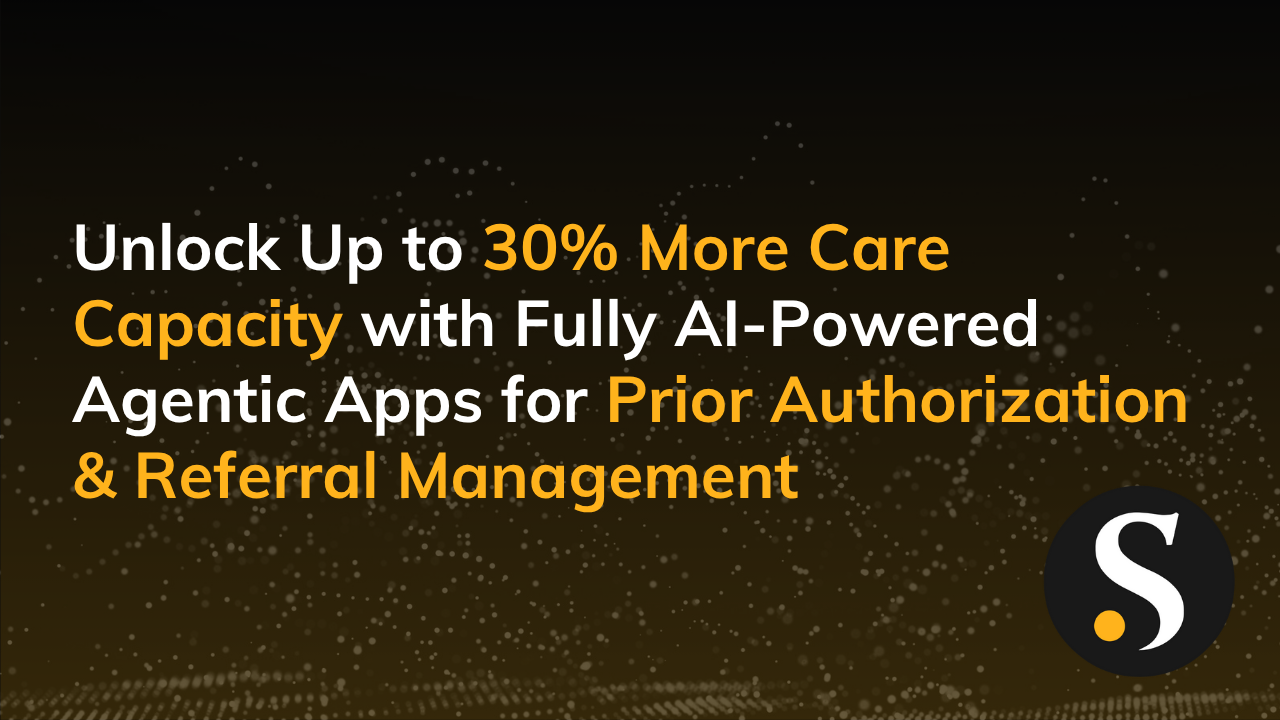Data analyst salaries have seen a steady rise over the years, especially if you continue to up-skill yourself in data technologies, like the Microsoft Data Stack.
The PL-300 exam is your ticket to opening up more doors as a Microsoft Power BI data analyst. If you’re ready to gain some killer data analytics skills to beef up your resume and fast-track your career, you’ll need to take (and pass) the PL-300 exam. Here’s more about this exam, along with some recommendations and resources.
What is the PL-300 Exam?
The PL-300 exam measures your ability to identify business requirements, clean and transform data, build data models, deliver actionable insights, enable others to perform self-service analytics, and deploy solutions for consumption using Power BI.
The PL-300 also tests your proficiency in Power Query with writing simple expressions using DAX and publishing solutions to the Power BI Service (PowerBi.com).
The skills are divided into four functional groups:
- Prepare data (15-20%): Get data from different sources; clean, transform, and load the data.
- Model data (30-35%): Design and create a data model; perform a model calculation with DAX; optimize model performance.
- Visualize and analyze data (25-30%): Create reports and dashboards; enhance reports for usability and storytelling; Identify patterns and trends.
- Deploy and maintain assets (20-25%): Manage files and datasets; manage workspaces.
Are DA-100 and PL-300 the Same?
While Microsoft is replacing the DA-100 Data Analyst Associate Certification with PL-300 Power BI Data Analyst Certification, these two exams are not the same.
The main difference is that PL-300 requires candidates to demonstrate the ability to deploy and maintain Power BI assets and have intimate knowledge of the Power BI Service and administration capabilities. This requirement means that besides completing the learning path and understanding the concepts, you must get some experience to build, deploy, and maintain solutions.
In short, Microsoft has upped the ante in the PL-300 exam, making it harder for “textbook” style learners and armchair data analysts to muddle through.
Is PL-300 Easy?
No, it’s not easy at all.
You could pass DA-100 by dabbling with Power BI, creating a few reports, and publishing them to the web. But as I mentioned above, PL-300 also requires candidates to know how to build and deploy real-world solutions—which is the hard part.
Passing the exam is challenging unless you already work at an organization that has adopted Power BI, living and breathing the processes of deploying and maintaining assets. Or you’re just an evil genius who can learn everything from documentation and tutorials.
How Long Does the PL-300 Exam Take?
You have 100 minutes to answer 40 to 60 questions in different formats, including multiple-choice, true/false, drag and drop, list builds, and case studies. You can take the test online or at a local testing center.
Here are a few tips from the trenches:
- Expect lots of extraneous details in the two case studies. Read the questions carefully and explore the exhibits/datasets before answering. Once you advance to the next question, you can’t go back.
- You may encounter questions about real-world data situations for a Power BI solution, in which you’d assume team roles to make recommendations.
- You may be asked to arrange steps to solve a data problem, create a report element, and fill in DAX formulas with a key.
How Do I Pass the PL-300 Exam?
Don’t feel overwhelmed! The scope of the PL-300 exam may seem daunting, but if you take it one step at a time, it’s very doable. Plus, the content isn’t just for passing the exam—it’ll make you a better data analyst and business intelligence professional.
The passing score for PL-300 is 700 on a scale of 1 to 1,000.
You can book your PL-300 exam via the “schedule exam” button on the PL-300 exam homepage.
But first…here are some steps to help you prepare for your PL-300 exam:
1. Download the study guide.
Download the PL-300 study guide and review the skill outline for each functional group line item by line item.
2. Complete the learning path.
To complete the PL-300 exam learning path, visit the PL-300 homepage and scroll down to the “Two ways to prepare” section. Select the “Online-Free” option to access all the learning modules.
Watch these videos too: Preparing for PL-300 – Prepare the Data (1 of 4) | Microsoft Docs
3. Leverage our resources and community.
Participate in a Dashboard in a Day (DIAD) workshop from Microsoft partners (like us!) Find the next DIAD training on our Events Calendar.
We also wrote a blog on What To Expect From Power BI Dashboard in a Day.
4. Get support from a study partner or study group.
You can search #PowerBI on social media, post on the community Power BI forums, or find a local Power BI user group.
Check out our Portland Fabric User Group (formerly Power BI) community if you’re in the area and join our free virtual learning sessions if our Pacific Time zone slot is workable for you. We have participants from all over the world come to learn with us!
Hot Tip: Microsoft MVPs are scored to respond to your community Power BI forum questions, so don’t be bashful!
5. Learn from sample exam questions.
Visit the exam sandbox to get a taste of all the different question types and familiarize yourself with the exam’s user interface.
Purchase an “Exam Replay” or “Exam Replay with Practice Test” from the Microsoft certifications deals hub. Knowing what to expect and having the ability to cheaply retake the test if you fail the first time can relieve a lot of anxiety so you can be more relaxed on the big day.
6. Practice your skills in the real world.
Gain real-world experience by taking the skills you have learned and applying them in your organization. If you can’t find an opportunity at work, try these alternatives:
Build and deploy your own reports, download them, and check that sensitivity labels are assigned correctly. Then, ask a friend or a colleague to take them for a test drive to ensure the solution is ready for consumption.
Create a pet project with public data sets like data.gov, Airbnb, or Azure open datasets. Experiment with connecting to a wide array of data from exports to APIs. Also, try constructing a business case or data story with the information.
7. Follow these exam day recommendations.
I recommend taking the exam in the morning to avoid cognitive fatigue later in the day. On the exam day, stay calm! Take a deep breath, read the questions, formulate an answer before looking at the options, pick one, and move on.
8. Share your win and post your badge on LinkedIn.
After you pass the PL-300, be sure to share your win with the world by posting your badge proudly on LinkedIn. And if this blog was one of the resources that helped you win, we’d love for you to pass it along on LinkedIn to help others succeed.
________
Passing the Microsoft PL-300 exam takes effort, but if I can do it, so can you! I hope these tips help you achieve your certification sooner and embark on a fruitful career path.
Don’t forget to share your success on LinkedIn and other social channels…and tag us so we can celebrate with you!




